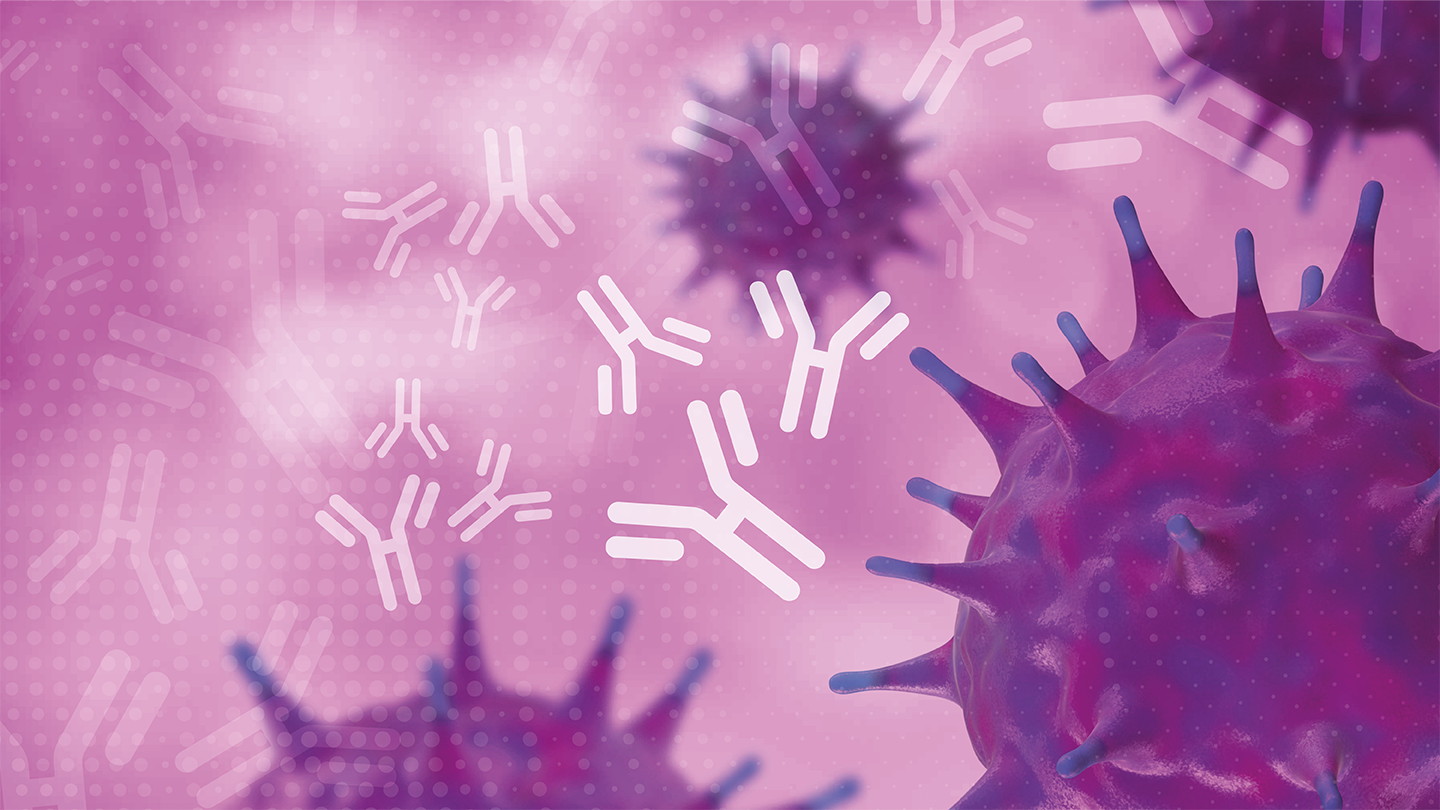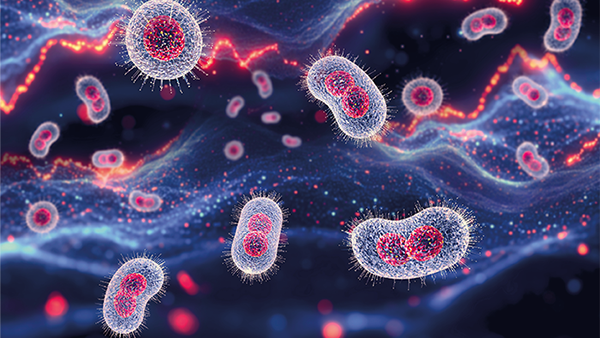Why Is It Always Bats?
Researchers may have just uncovered why bats can tolerate and co-exist with viruses that are harmful to humans
Bats have been in the spotlight since the start of the COVID-19 pandemic, given that scientists think SARS-CoV-2 may have made the cross-species jump into humans via bats. These small creatures host an array of viruses that can be harmful to humans, yet they manage to evade risk themselves.
In a new study, researchers have created induced pluripotent stem cells from bats to uncover insights into the entanglement between bats and viruses – and they found some pretty neat results (1). I spoke with Thomas P. Zwaka, senior author on the study and Professor at Icahn School of Medicine at Mount Sinai, New York, USA, to find out more…
What inspired you to investigate the relationship between bats and viruses?
Our inspiration began during the early days of the COVID-19 pandemic when we were involved in SARS-CoV-2 infection studies, using human pluripotent stem cell-derived lung cells. At the time, I realized it would be fascinating to explore similar studies using bat pluripotent stem cells as a starting point. This approach would enable us to compare the mechanisms by which bats are resistant to these viruses and don’t become sick, despite being natural reservoirs for many viruses.
Why is it so important that we study this relationship?
Studying the relationship between bats and viruses is crucial; bats are known to carry and transmit many deadly viruses, including Ebola, Hendra, Nipah, and coronaviruses like SARS-CoV and SARS-CoV-2. Understanding the molecular and cellular mechanisms underlying their virus resistance could provide us with valuable insights for developing effective therapies and preventive measures against these viruses.
Furthermore, bats possess many unique features, such as longevity, extreme metabolism, and cancer resistance, which make them an ideal model for studying aging and disease resistance. Thus, studying bat pluripotent stem cells could lead to a deeper understanding of the mechanisms behind these traits, which could then have significant implications for human health.
Talk me through the research process…
Once we had bat fibroblasts (connective tissue cells), we applied the stem cell reprogramming process developed by Nobel prize laureate Shinya Yamanaka, which involves introducing specific genes into the cells to “reset” them to a pluripotent stem cell state. Once we obtained stable stem cell lines, we began characterizing them to understand their properties and functions.
What issues did you encounter along the way – and how did you overcome them?
Some issues were related to the pandemic; when COVID-19 hit, we were all under lockdown, which made it challenging to carry out our research. We needed special permits to come to work in Manhattan, New York, and the researcher in Spain who caught the bats for us also needed a number of permits to do the work because Spain was hit particularly hard during those early months.
In addition to pandemic-related challenges, we also faced technical challenges in finding the right tissue culture conditions. Despite following Shinya Yamanaka’s established reprogramming process, we had to make several modifications to optimize the process for bat cells, which took longer than expected. We had to troubleshoot and try various techniques until we found the right combination of factors to successfully reprogram the cells.
Could you please summarize the main findings?
One of the main findings was that bats have evolved a unique set of adaptations that allow them to live with viruses and tolerate them without getting sick. Specifically, we found that bats have a genetic adaptation that appears to weaken their immune response to viruses, which may explain why they do not experience the severe symptoms that humans and other animals do when infected with certain viruses.
Our research also revealed that bat pluripotent stem cells have an unusual feature that may be related to their virus resistance: the cells look like they are under viral attack, even when they have not been exposed to any viruses.
We also found that many ancient viral sequences embedded in the bat genome were reawakened when we turned the bat fibroblasts into stem cells, suggesting that there is a long-term co-evolutionary relationship between bats and viruses.
Were you surprised by these findings?
Yes! There were actually many surprising findings about our bat pluripotent stem cells. First, we were surprised by the unusual stem cell state that the bat cells were in. We did not know beforehand how similar or different bat cells would be from human or mouse cells. We had to optimize the reprogramming process to work for bat cells, and the stem cells that we obtained were in a unique state that had not been observed before.
Additionally, we were surprised by the reactivation of endogenous viruses in the bat cells. This was unexpected because it suggested that there is a co-evolutionary relationship between bats and viruses that goes back millions of years.
We were also surprised by the unusual tissue culture protocol we had to develop to maintain the stem cells. This protocol was different from what we had used previously for human or mouse cells and required a lot of experimentation and optimization to get right.
And the question on everyone’s mind: why is it always bats?
One theory is that bats’ ability to fly may have played a role in their ability to carry and spread viruses. Bat habitats often involve large numbers of individuals living in close proximity, which can facilitate the transmission of viruses between individuals. Perhaps bats have evolved unique immune systems that allow them to coexist with viruses without getting sick. As mentioned, bats have a lower immune response to viruses compared with other animals, which may be an adaptation to prevent excessive inflammation and tissue damage that can occur during a robust immune response.
It’s possible that bats have co-evolved with viruses over millions of years, and that viruses have played a role in shaping the bats’ immune systems and other biological adaptations. This could explain why bats seem to carry so many viruses without getting sick.
What implications will your findings have on our understanding of zoonotic diseases and spillover events?
One of the main implications is that bats are genetically hardwired to tolerate and co-exist with viruses. Furthermore, our research suggests there is a co-evolutionary relationship between bats and viruses, and that understanding this relationship is important for predicting and preventing future spillover events. By studying the molecular and cellular mechanisms that underlie bat virus resistance, we can identify potential targets for developing therapeutics and vaccines to prevent and treat zoonotic diseases.
Our research also highlights the importance of studying zoonotic diseases in their natural hosts to understand how they coexist with viruses and to identify potential transmission pathways. This can help us develop effective strategies for preventing spillover events and reducing the risk of outbreaks.
What are the next steps for your research?
We are now exposing our bat cells to different viruses to investigate how their response differs from humans. By doing so, we hope to gain a deeper understanding of the mechanisms that underlie bat virus resistance and identify potential targets for developing therapeutics and vaccines. We also plan to continue investigating the unusual features of bat pluripotent stem cells, such as the reactivation of endogenous viruses.
Reference
- M Déjosez et al., “Bat pluripotent stem cells reveal unusual entanglement between host and viruses,” Cell, [Online ahead of print] (2023). PMID: 36812912.





